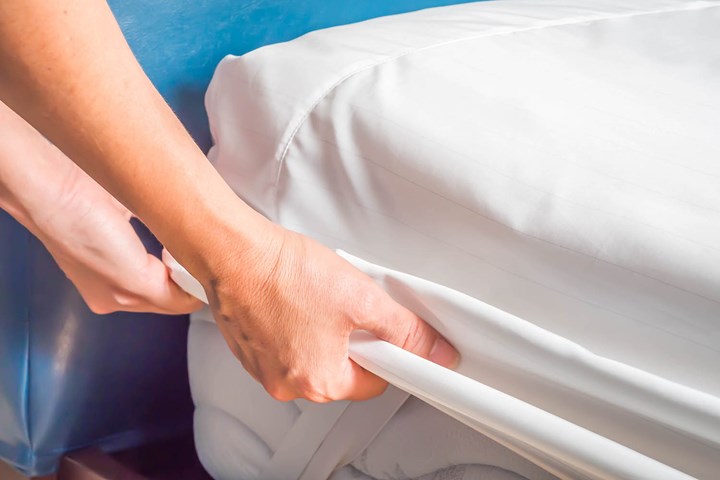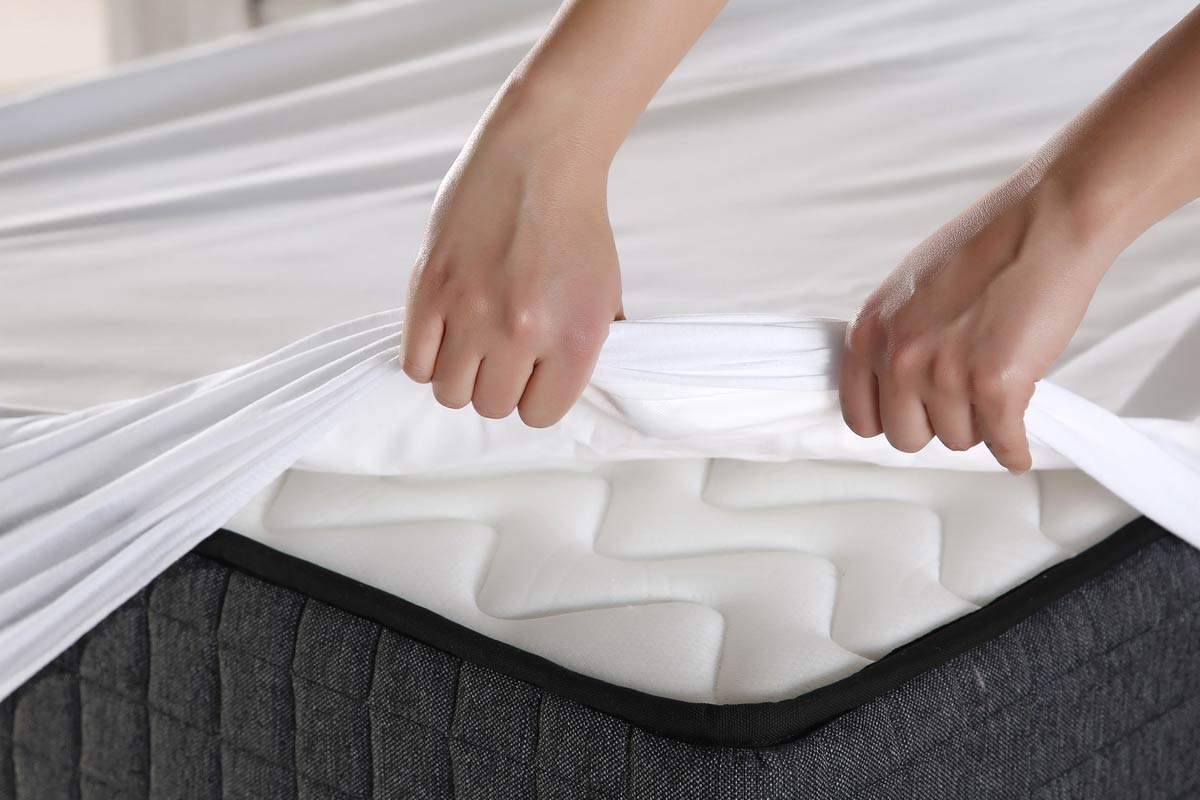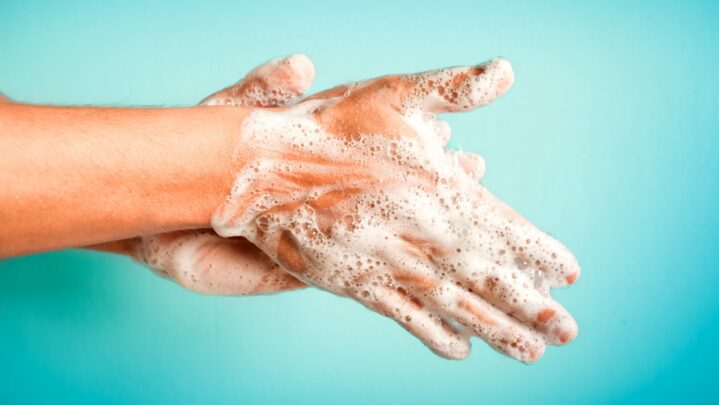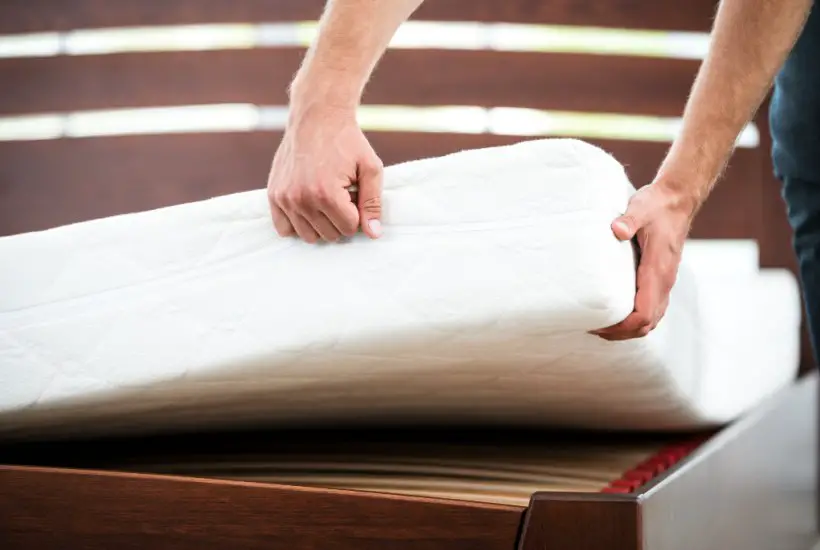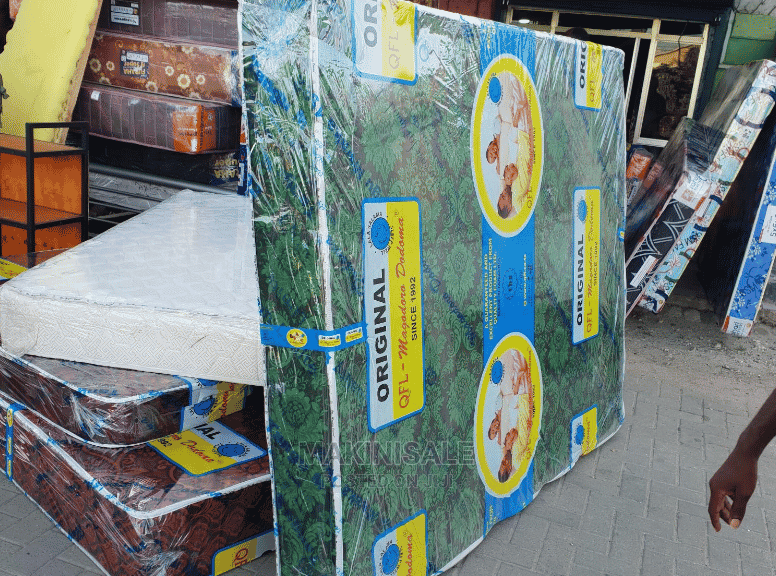If you’re wondering how to keep your mattress protector clean and fresh, washing it regularly is the key. But washing a mattress protector can be a bit tricky, as it requires special care to maintain its protective function. Mattress protector is an essential bedding item that acts as a barrier between your body and the mattress. It helps to protect your mattress from spills, stains, and dust mites, ensuring that your mattress lasts longer. But over time, it can accumulate dirt, sweat, and other debris, making it necessary to wash it to maintain its cleanliness and effectiveness. If you’re unsure about how to wash a mattress protector, don’t worry, we’ve got you covered. In this article, we’ll guide you through the process of washing a mattress protector, including tips on how to remove stains and keep it fresh. So let’s get started!How to Wash a Mattress Protector
The frequency of washing your mattress protector depends on several factors, such as your lifestyle, personal hygiene, and the environment you live in. As a general rule, it’s recommended to wash your mattress protector every 1-2 months. However, if you have allergies or sleep with pets, you may need to wash it more frequently. If you sweat a lot during the night, it’s a good idea to wash your mattress protector more often. This will prevent any unpleasant odors and keep your protector fresh and clean. Additionally, if you have a spill or accident on your mattress protector, make sure to wash it immediately to prevent stains from setting in.How Often Should You Wash Your Mattress Protector?
Yes, most mattress protectors are machine-washable, but it’s important to check the care instructions before washing. Some protectors may require hand washing or dry cleaning, so it’s essential to follow the manufacturer’s recommendations. If your mattress protector is machine-washable, it’s best to wash it separately from other bedding items to avoid any damage. Additionally, make sure to use a gentle cycle and cold water to prevent shrinkage or damage to the waterproof backing.Can You Put a Mattress Protector in the Washing Machine?
The ideal temperature for washing a mattress protector is cold or warm water, as hot water can damage the waterproof backing and cause shrinkage. However, if you have a heavily soiled protector, you can use a warm water cycle, but avoid using hot water. If you’re dealing with stains, hot water may be necessary to remove them. In this case, you can spot treat the stain with hot water before washing the entire protector.What Temperature Should You Wash a Mattress Protector?
It’s always a good idea to wash your new mattress protector before using it, as it may have accumulated dust and other debris during storage and transportation. Additionally, washing it will help to soften the fabric and make it more comfortable to sleep on. However, if you’re using a new mattress protector that has a strong chemical smell, you may want to air it out before washing it. This will help to reduce the smell and make it easier to wash.Do You Need to Wash a Mattress Protector Before Using It?
Stains on a mattress protector can be unsightly and may affect its effectiveness. But with the right methods, you can easily remove stains and keep your protector looking clean and fresh. If you have a waterproof mattress protector, you can simply wipe off any spills or stains with a damp cloth. For tougher stains, you can spot treat them with a mixture of water and mild detergent, and then wash the protector as usual. For other types of stains, such as sweat or blood, pre-treating with a stain remover before washing can be effective. Make sure to follow the instructions on the stain remover and test it on a small, inconspicuous area of the protector first.How to Remove Stains from a Mattress Protector
If your mattress protector is machine-washable, you can also dry it in the dryer, but make sure to use a low or medium heat setting. High heat can damage the waterproof backing and cause shrinkage. You can also air dry your mattress protector, but make sure to hang it in a well-ventilated area to prevent mildew or musty odors. It may take longer to dry this way, but it’s a safer option for delicate fabrics.Can You Dry a Mattress Protector in the Dryer?
Washing your mattress protector regularly is essential, but there are also other steps you can take to keep it clean and fresh in between washes. Firstly, make sure to remove any excess moisture from your protector by patting it dry with a towel before making your bed. This will prevent any moisture from seeping into your mattress and causing mold or mildew. You can also use a mattress protector cover or a fitted sheet over your mattress protector to provide an extra layer of protection. This will help to keep your protector clean and reduce the need for frequent washing.How to Keep Your Mattress Protector Clean and Fresh
If you neglect to wash your mattress protector regularly, it can become a breeding ground for bacteria, dust mites, and other allergens. This can lead to unpleasant odors, allergic reactions, and even damage to your mattress. Additionally, not washing your protector can affect its effectiveness in protecting your mattress. Over time, it can become less absorbent and may not be able to prevent spills and stains from reaching your mattress.What Happens If You Don’t Wash Your Mattress Protector?
Even with regular washing, a mattress protector won’t last forever. If you notice that your protector is torn, stained, or has lost its waterproofing, it’s time to replace it. Additionally, if you’re experiencing allergies or uncomfortable sleeping, it may be a sign that your protector needs to be replaced. As a general rule, it’s recommended to replace your mattress protector every 2-3 years to maintain its effectiveness. With proper care and regular washing, your mattress protector can continue to protect your mattress and ensure a clean and comfortable sleeping surface for years to come. So make sure to follow these tips and keep your mattress protector clean and fresh!How to Know When It’s Time to Replace Your Mattress Protector
Why You Should Wash Your Mattress Protector Regularly

The Importance of Maintaining a Clean and Healthy Mattress
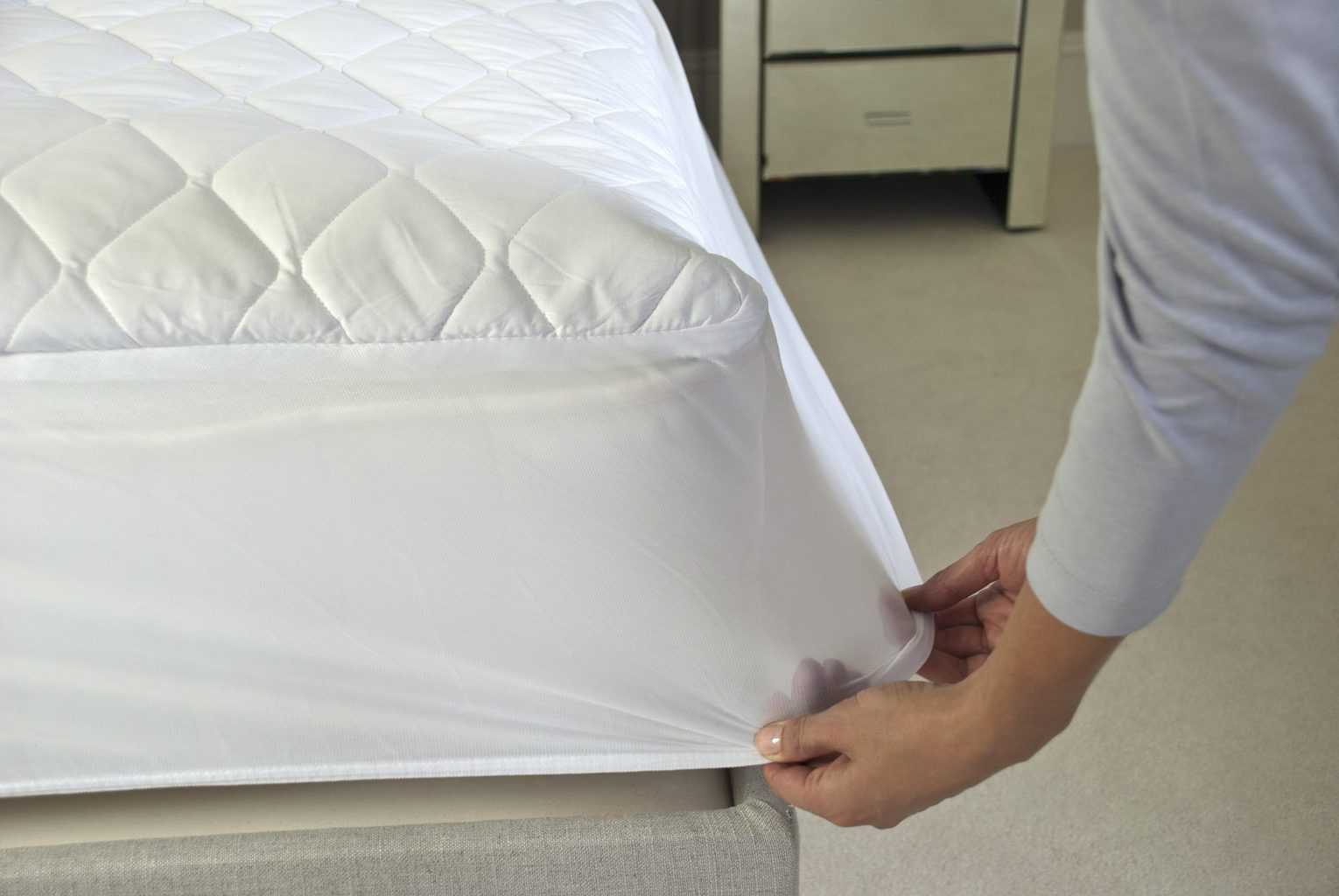 When it comes to maintaining a clean and healthy home, most people focus on cleaning the floors, surfaces, and bathrooms. However, one important aspect that often gets overlooked is the cleanliness of our bedding, specifically our
mattresses
. After all, we spend about a third of our lives sleeping, so it's essential to ensure that our sleeping environment is free from dirt, dust, and other allergens. This is where a
mattress protector
comes in.
When it comes to maintaining a clean and healthy home, most people focus on cleaning the floors, surfaces, and bathrooms. However, one important aspect that often gets overlooked is the cleanliness of our bedding, specifically our
mattresses
. After all, we spend about a third of our lives sleeping, so it's essential to ensure that our sleeping environment is free from dirt, dust, and other allergens. This is where a
mattress protector
comes in.
What is a Mattress Protector and Why Do You Need One?
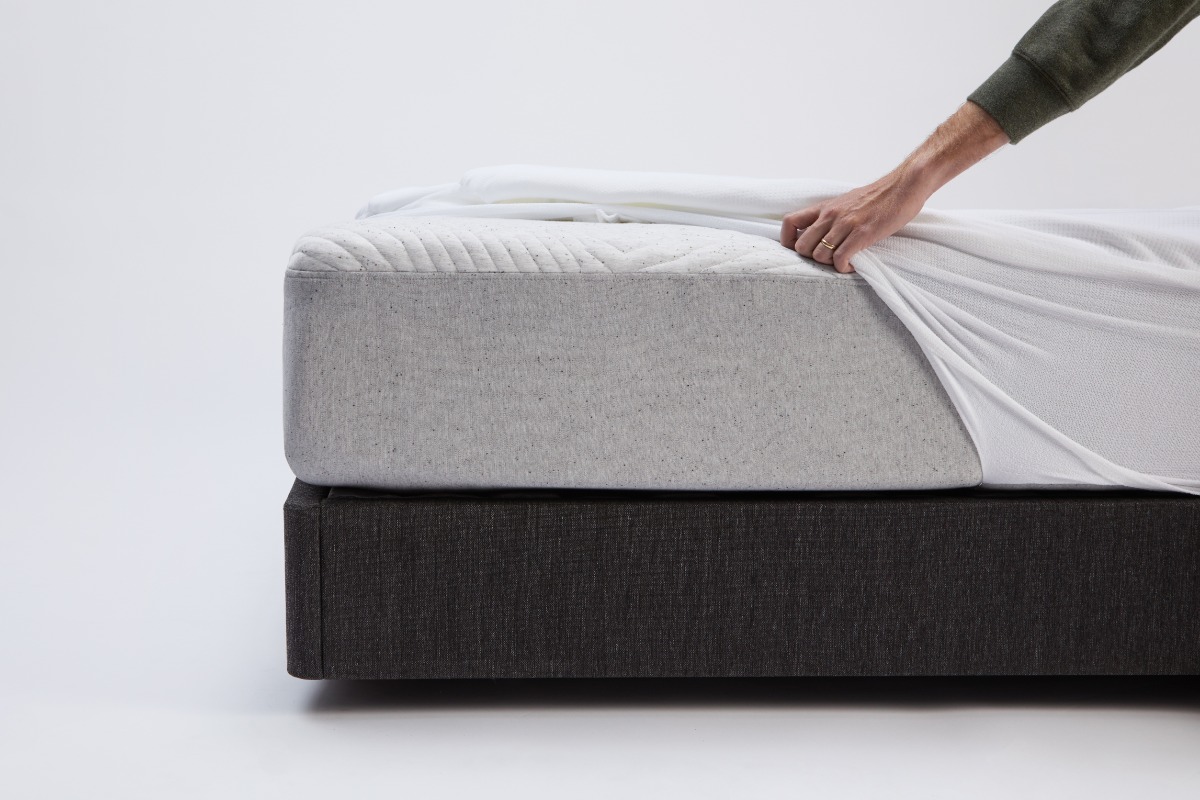 A mattress protector is a thin, removable cover that is placed over your mattress to protect it from spills, stains, and other forms of damage. It acts as a barrier between your body and the mattress, preventing any liquids, dust, or skin cells from seeping into the mattress. Not only does this protect your mattress from wear and tear, but it also helps keep your sleeping environment clean and hygienic.
A mattress protector is a thin, removable cover that is placed over your mattress to protect it from spills, stains, and other forms of damage. It acts as a barrier between your body and the mattress, preventing any liquids, dust, or skin cells from seeping into the mattress. Not only does this protect your mattress from wear and tear, but it also helps keep your sleeping environment clean and hygienic.
The Benefits of Regularly Washing Your Mattress Protector
 Now that we understand the importance of a
mattress protector
, the question remains, should we wash it regularly? The answer is yes. Just like your sheets and pillowcases,
mattress protectors
should be washed regularly to maintain a clean and healthy sleeping environment. Here are some benefits of regularly washing your
mattress protector
:
1. Eliminates Dust Mites and Allergens:
Over time, our
mattress protectors
can accumulate dust, dead skin cells, and other allergens. Washing it regularly can help eliminate these irritants, making it easier for those with allergies or respiratory issues to sleep comfortably.
2. Keeps Your Mattress in Good Condition:
By washing your
mattress protector
regularly, you are also protecting your mattress from any potential damage caused by spills or stains. This can prolong the lifespan of your mattress, saving you money in the long run.
3. Maintains a Clean and Hygienic Sleeping Environment:
Our bodies naturally produce sweat and oils while we sleep, which can seep into our mattresses if we don't have a
mattress protector
. Regularly washing it helps keep your sleeping environment clean and hygienic, promoting better sleep and overall health.
Now that we understand the importance of a
mattress protector
, the question remains, should we wash it regularly? The answer is yes. Just like your sheets and pillowcases,
mattress protectors
should be washed regularly to maintain a clean and healthy sleeping environment. Here are some benefits of regularly washing your
mattress protector
:
1. Eliminates Dust Mites and Allergens:
Over time, our
mattress protectors
can accumulate dust, dead skin cells, and other allergens. Washing it regularly can help eliminate these irritants, making it easier for those with allergies or respiratory issues to sleep comfortably.
2. Keeps Your Mattress in Good Condition:
By washing your
mattress protector
regularly, you are also protecting your mattress from any potential damage caused by spills or stains. This can prolong the lifespan of your mattress, saving you money in the long run.
3. Maintains a Clean and Hygienic Sleeping Environment:
Our bodies naturally produce sweat and oils while we sleep, which can seep into our mattresses if we don't have a
mattress protector
. Regularly washing it helps keep your sleeping environment clean and hygienic, promoting better sleep and overall health.
How Often Should You Wash Your Mattress Protector?
 The general recommendation for washing your
mattress protector
is every 1-2 months. However, if you have allergies, pets, or young children, it is best to wash it more frequently. Be sure to check the care instructions on your
mattress protector
for the recommended washing method.
In conclusion, maintaining a clean and healthy mattress is crucial for our overall well-being. By regularly washing your
mattress protector
, you can protect your mattress, promote better sleep, and create a more hygienic sleeping environment. So, the next time you're wondering, "should I wash my mattress protector?" remember the benefits of doing so and make it a regular part of your cleaning routine.
The general recommendation for washing your
mattress protector
is every 1-2 months. However, if you have allergies, pets, or young children, it is best to wash it more frequently. Be sure to check the care instructions on your
mattress protector
for the recommended washing method.
In conclusion, maintaining a clean and healthy mattress is crucial for our overall well-being. By regularly washing your
mattress protector
, you can protect your mattress, promote better sleep, and create a more hygienic sleeping environment. So, the next time you're wondering, "should I wash my mattress protector?" remember the benefits of doing so and make it a regular part of your cleaning routine.






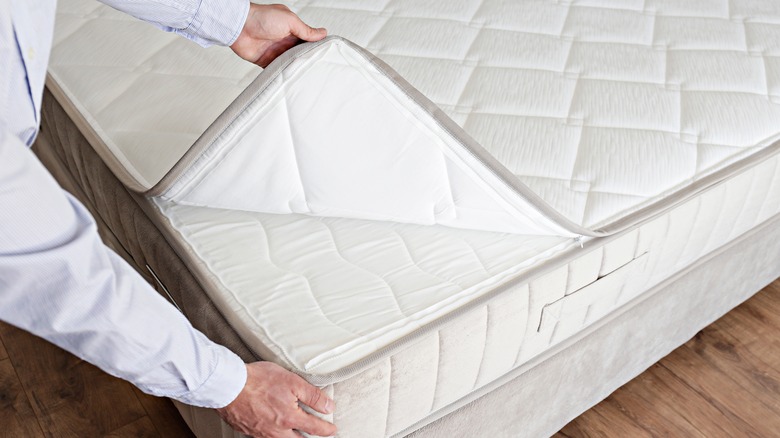
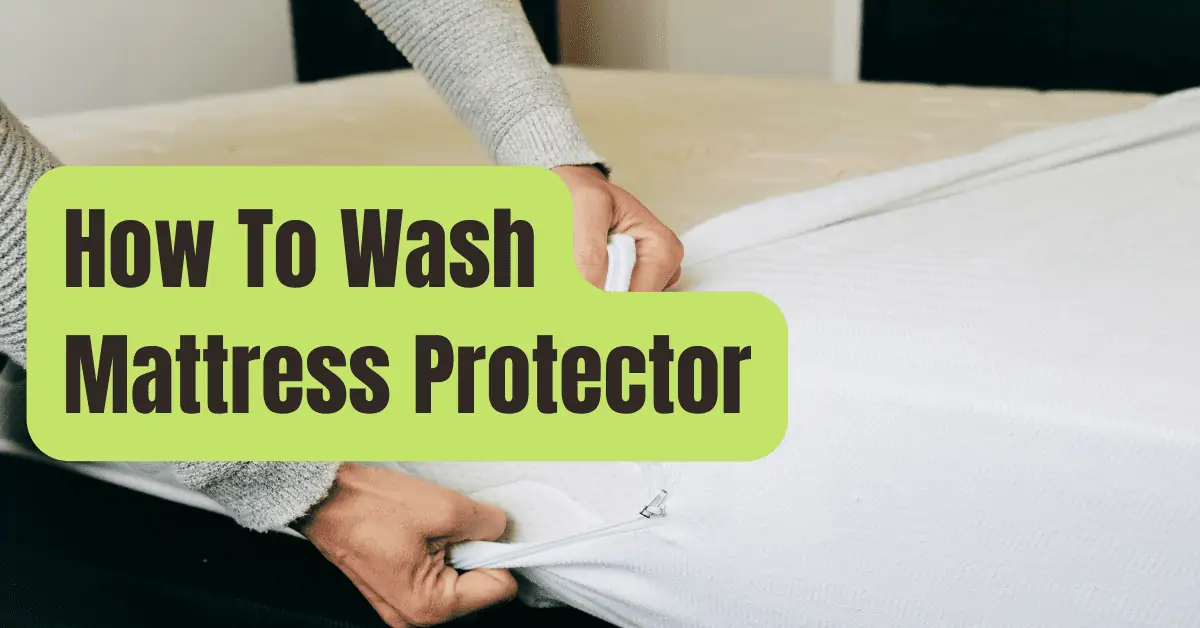
:max_bytes(150000):strip_icc()/how-to-wash-mattress-protector-5220415-hero-ef3d29e5dac34ab8a6482dc4e31a1252.jpg)




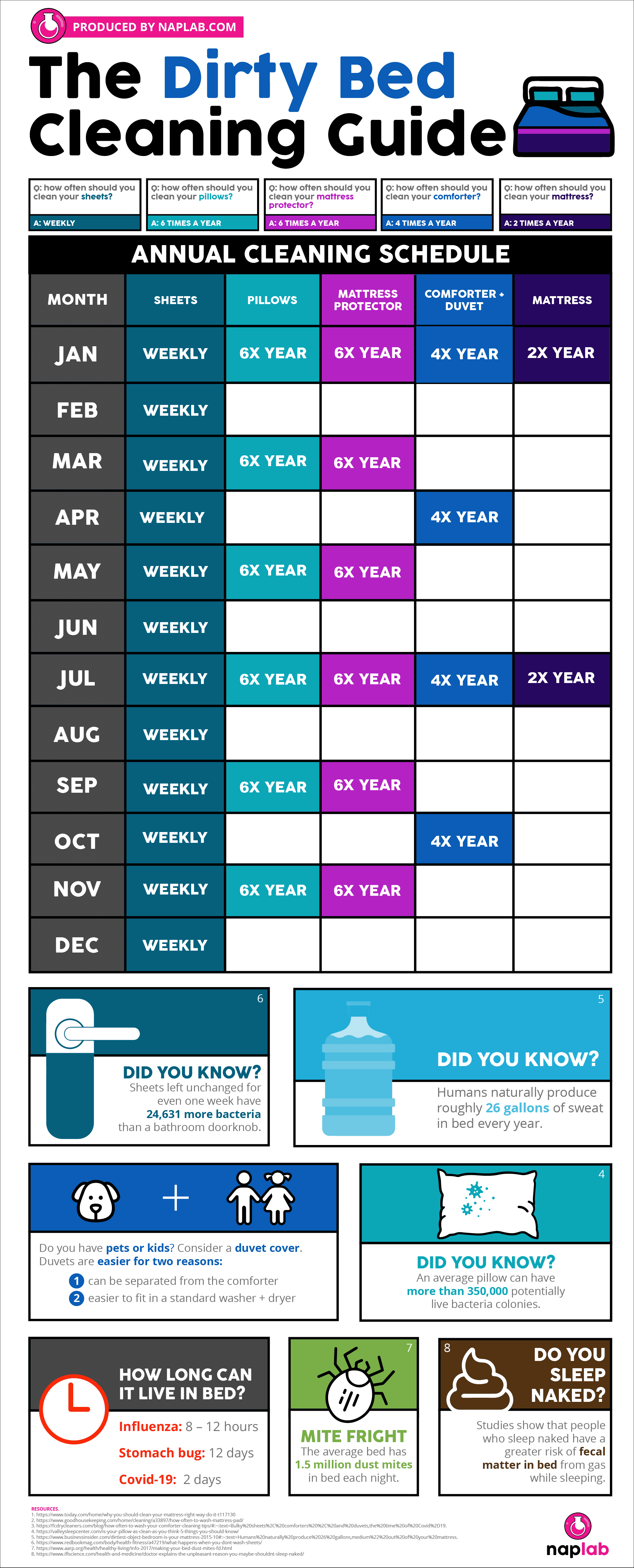

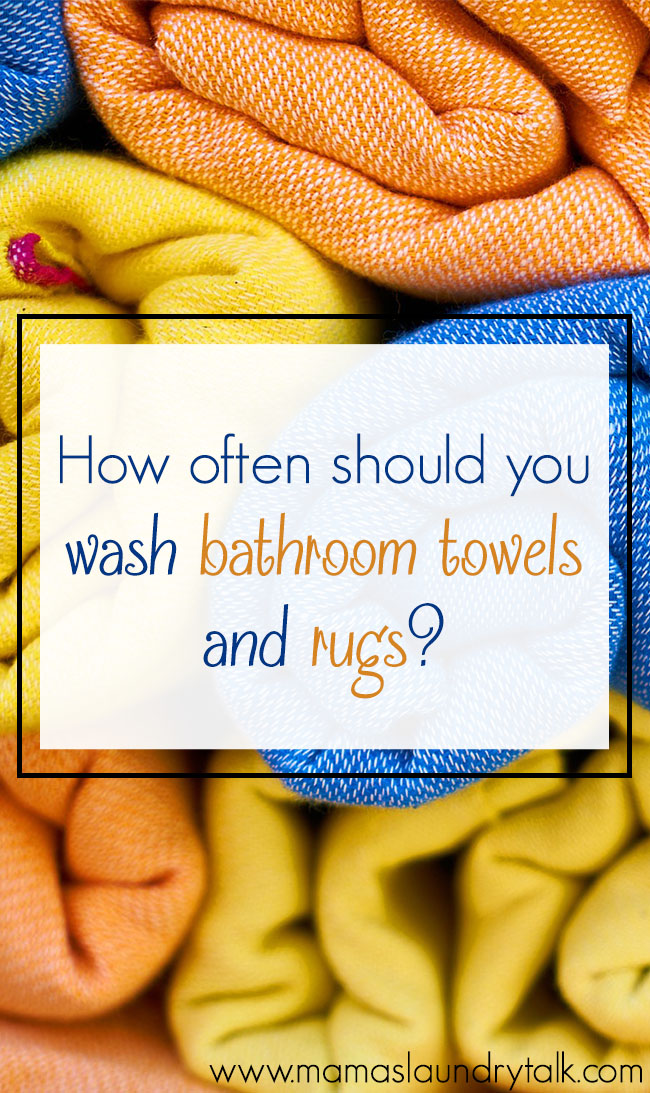

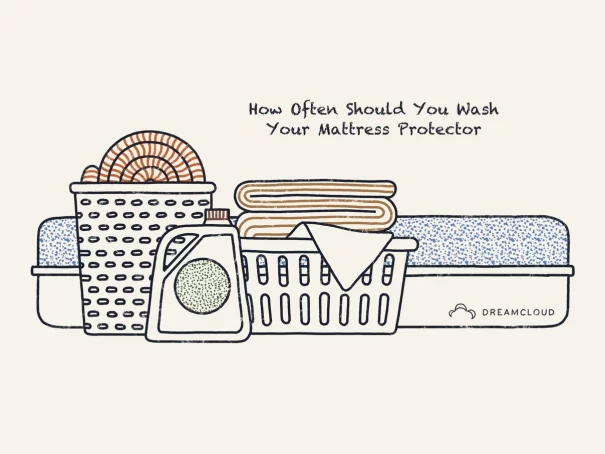


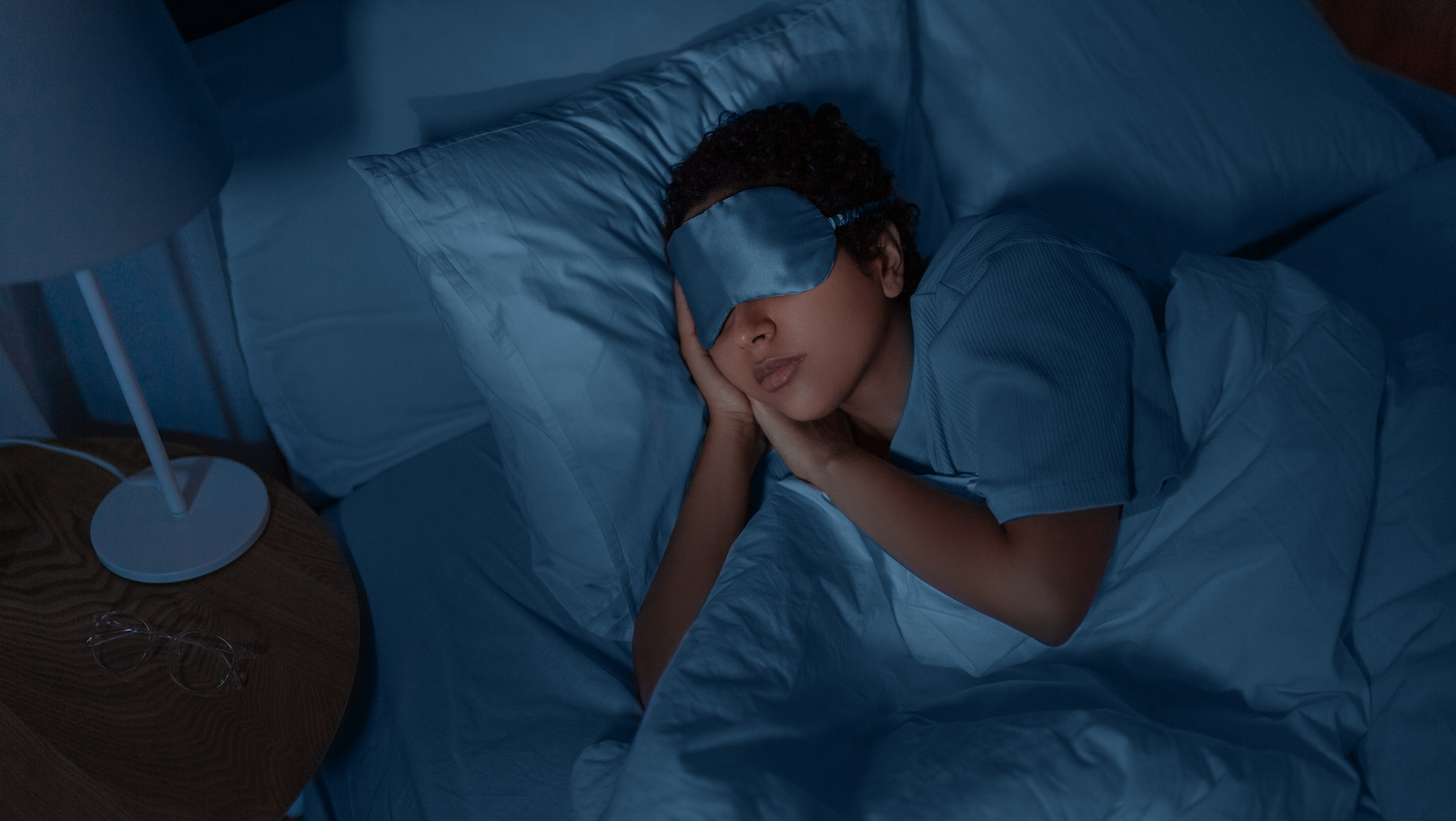







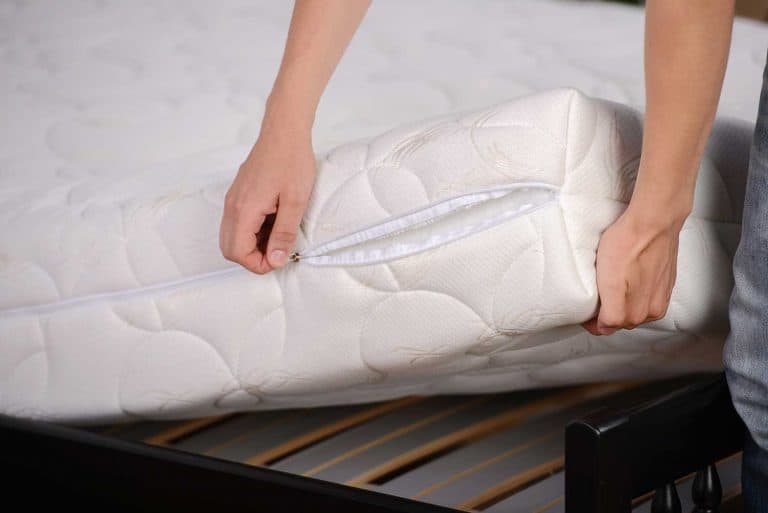

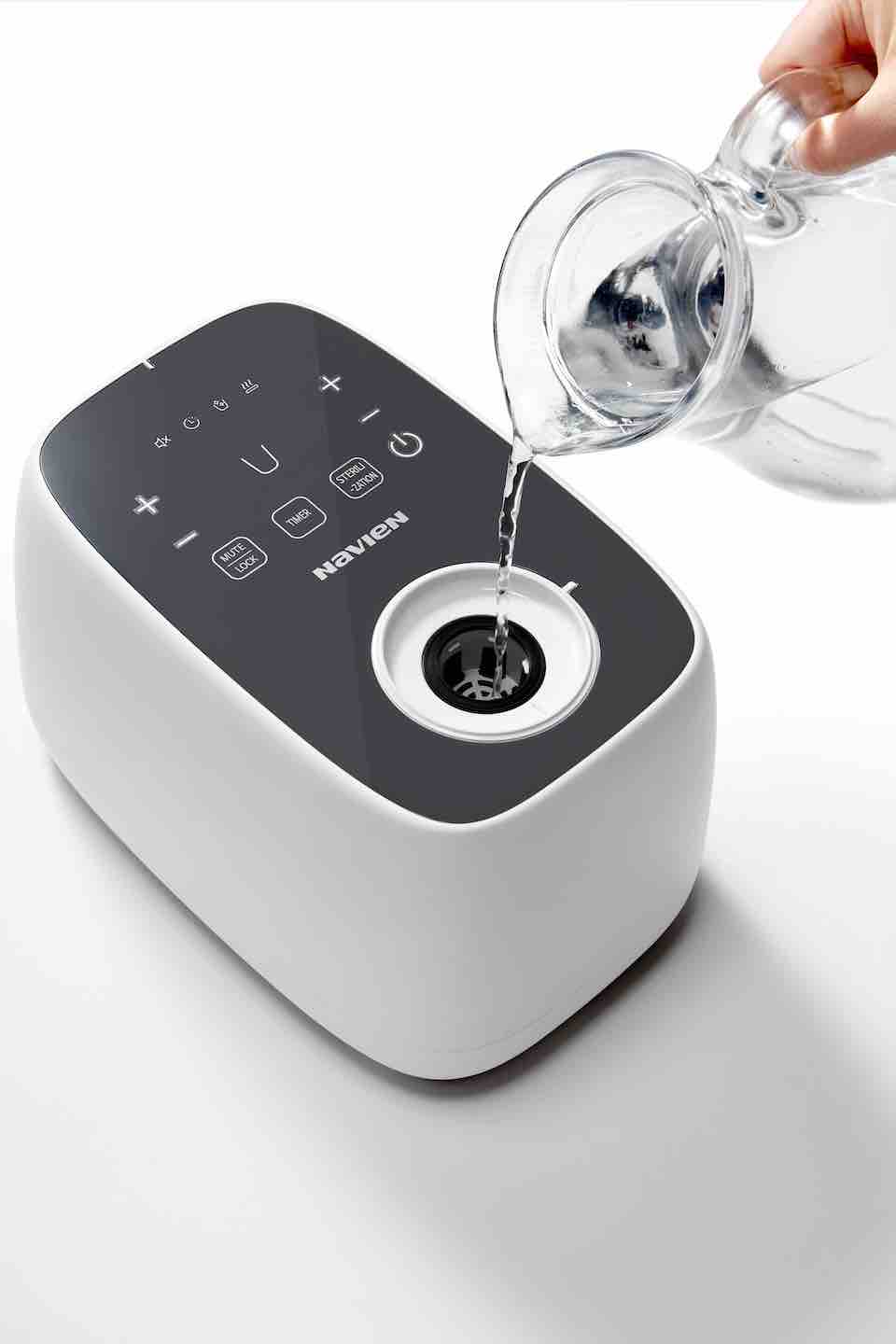


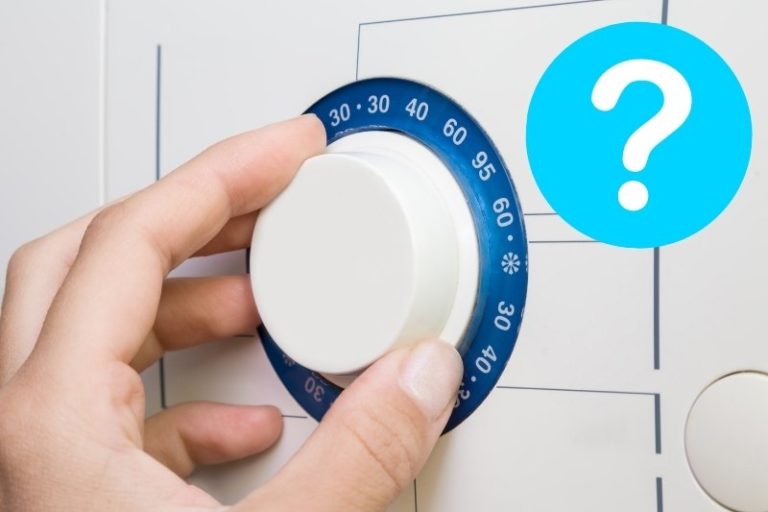

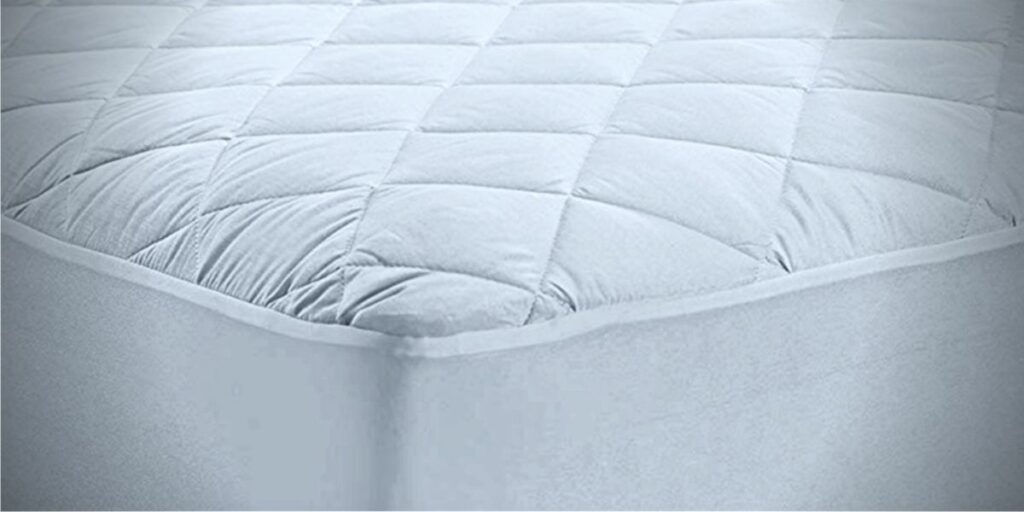

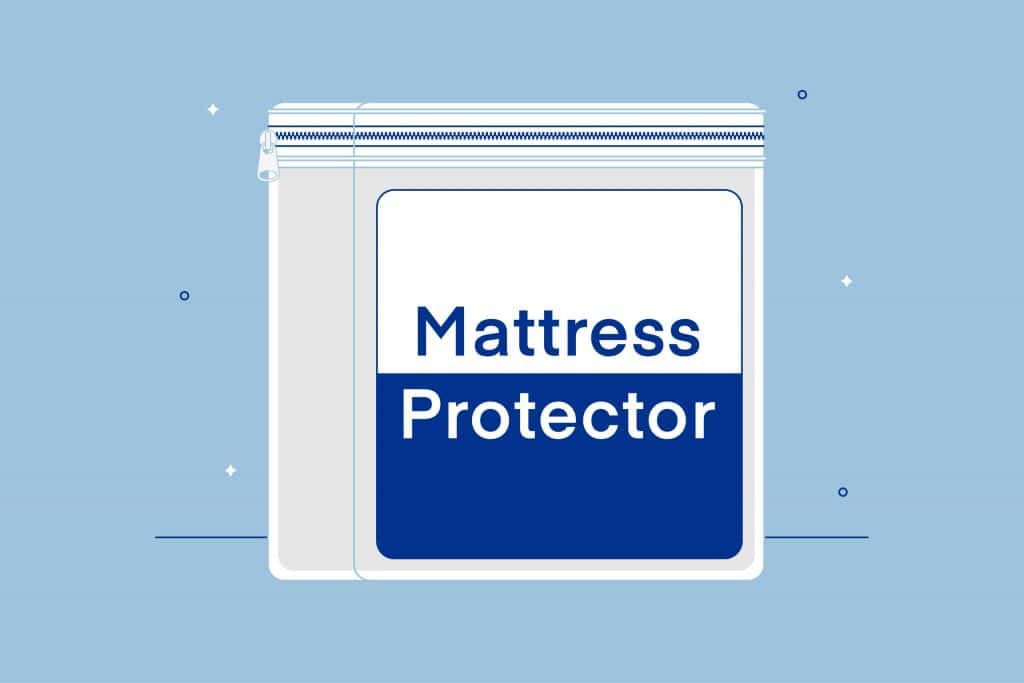
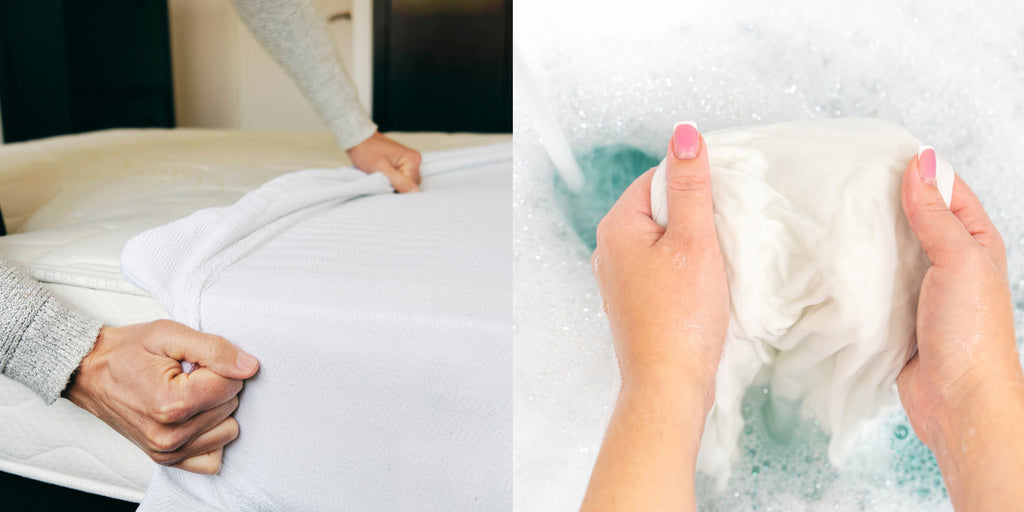


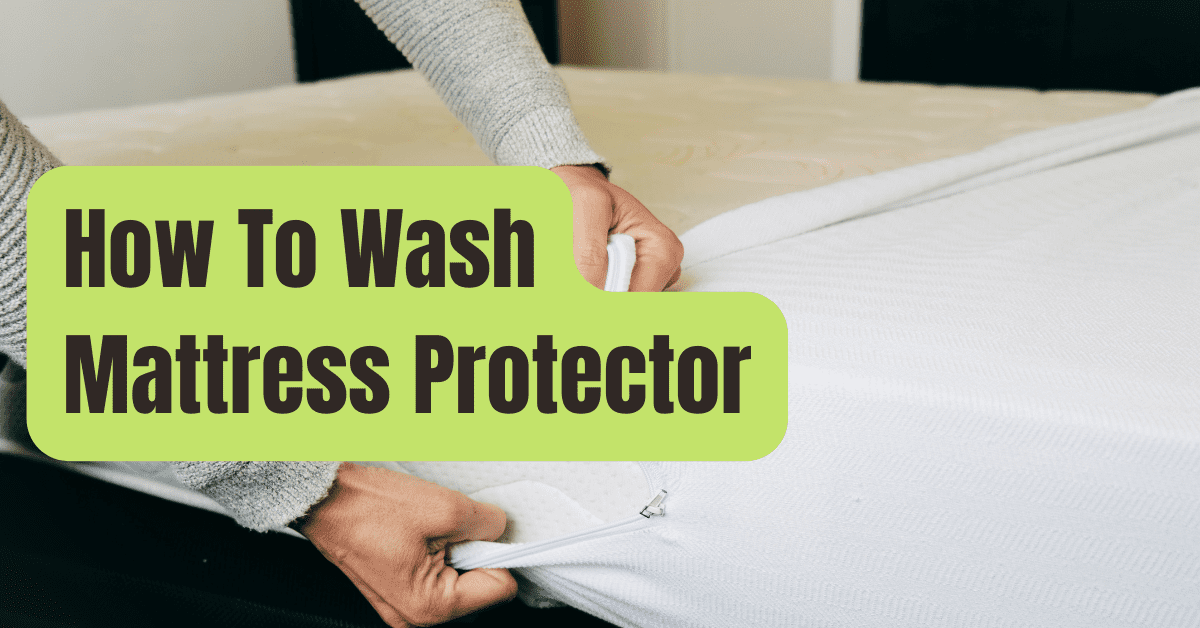












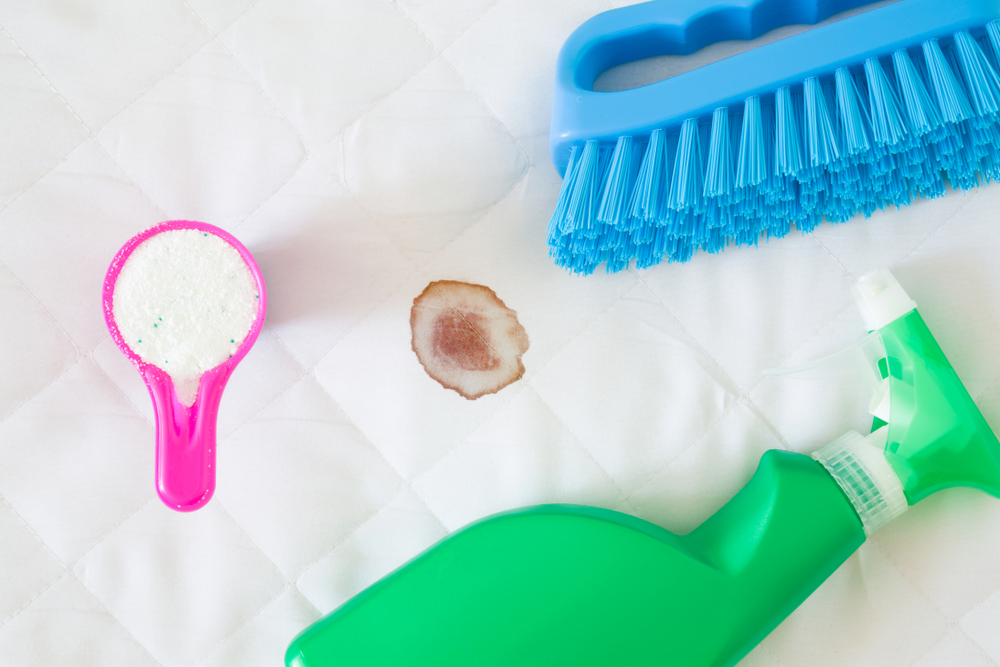
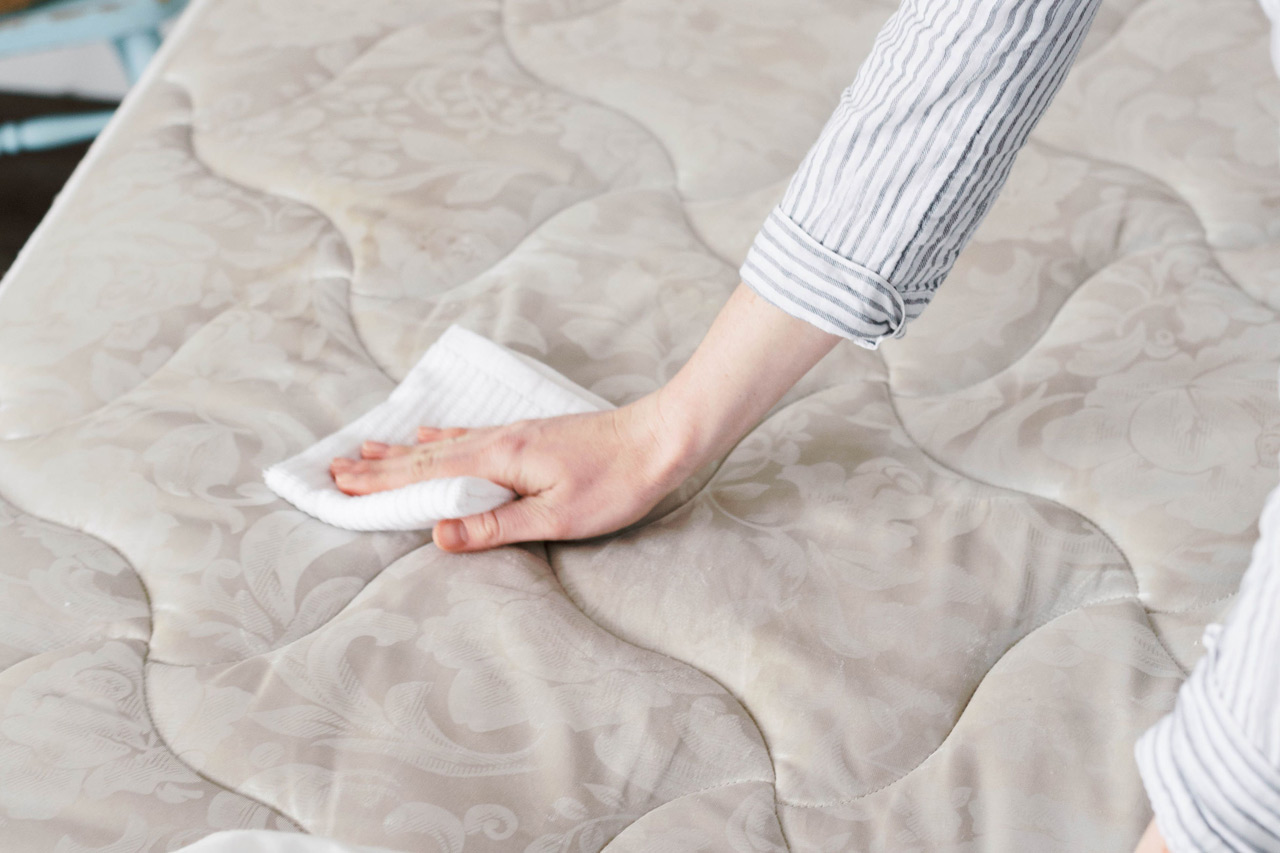

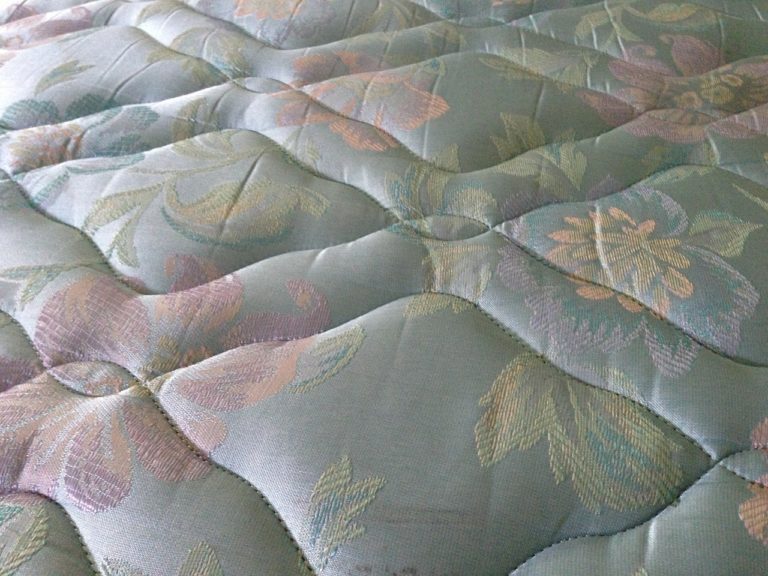



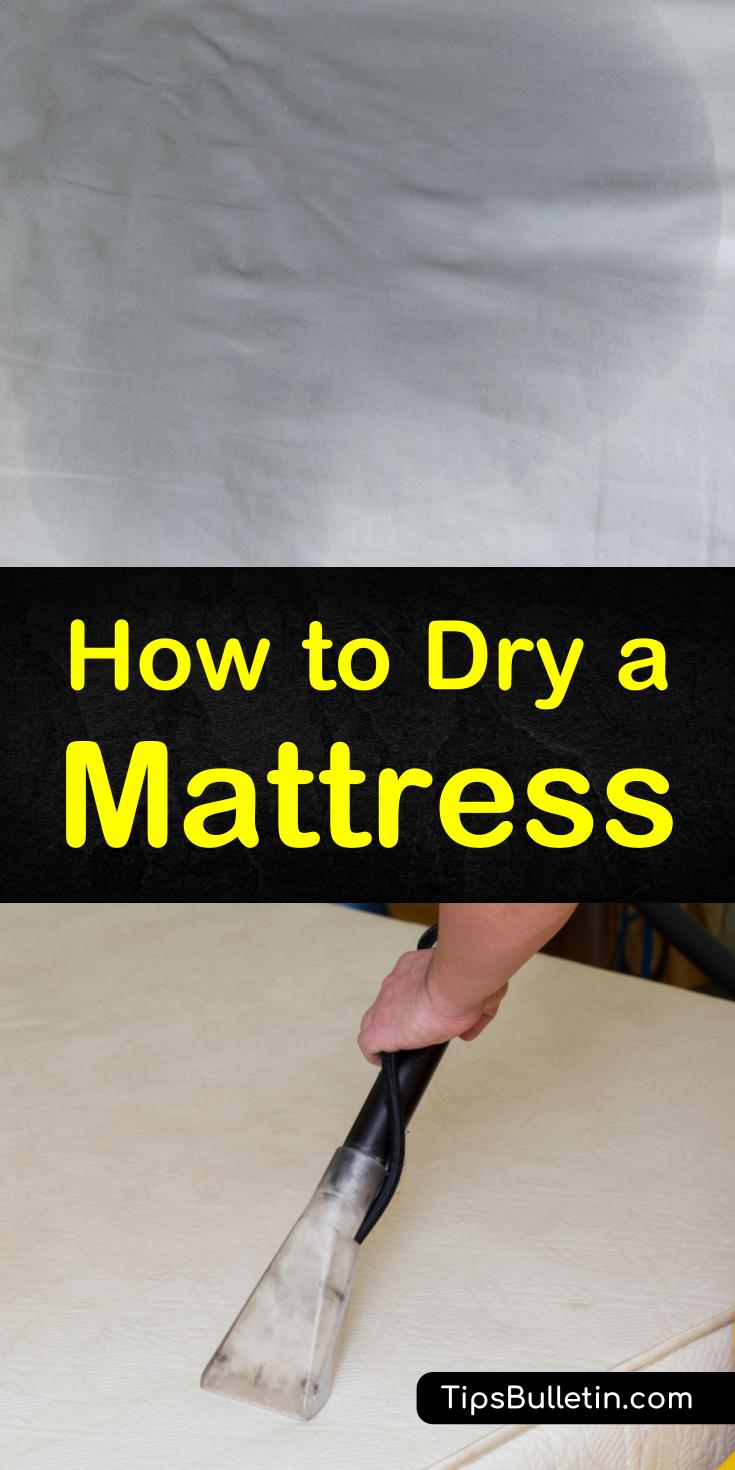


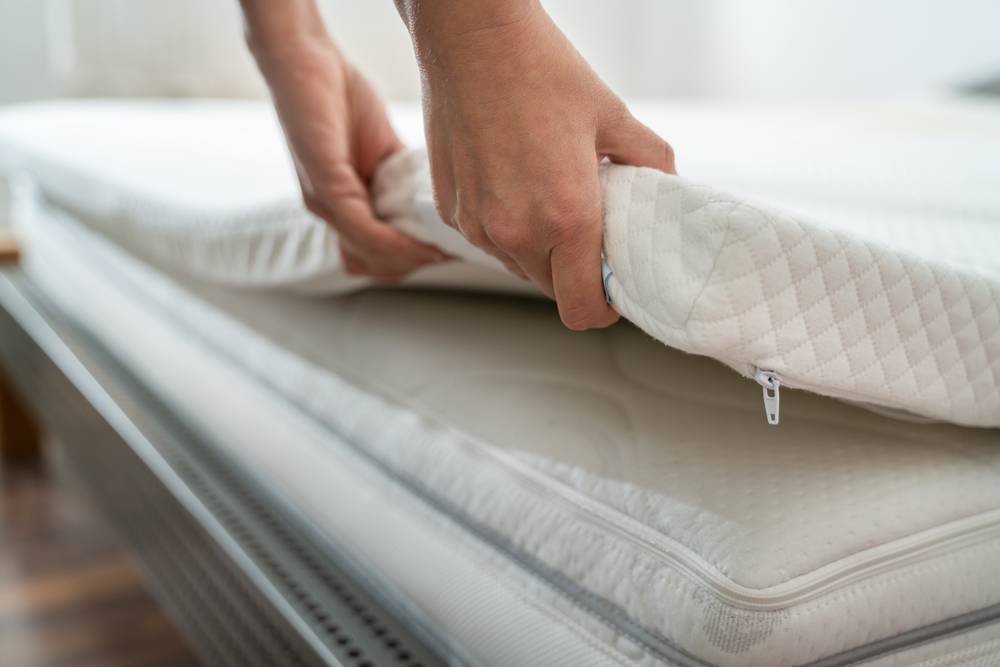






:max_bytes(150000):strip_icc()/clean-your-mattress-the-natural-way-350742-14-5a99efe91be349449c3178993b367746.jpg)
